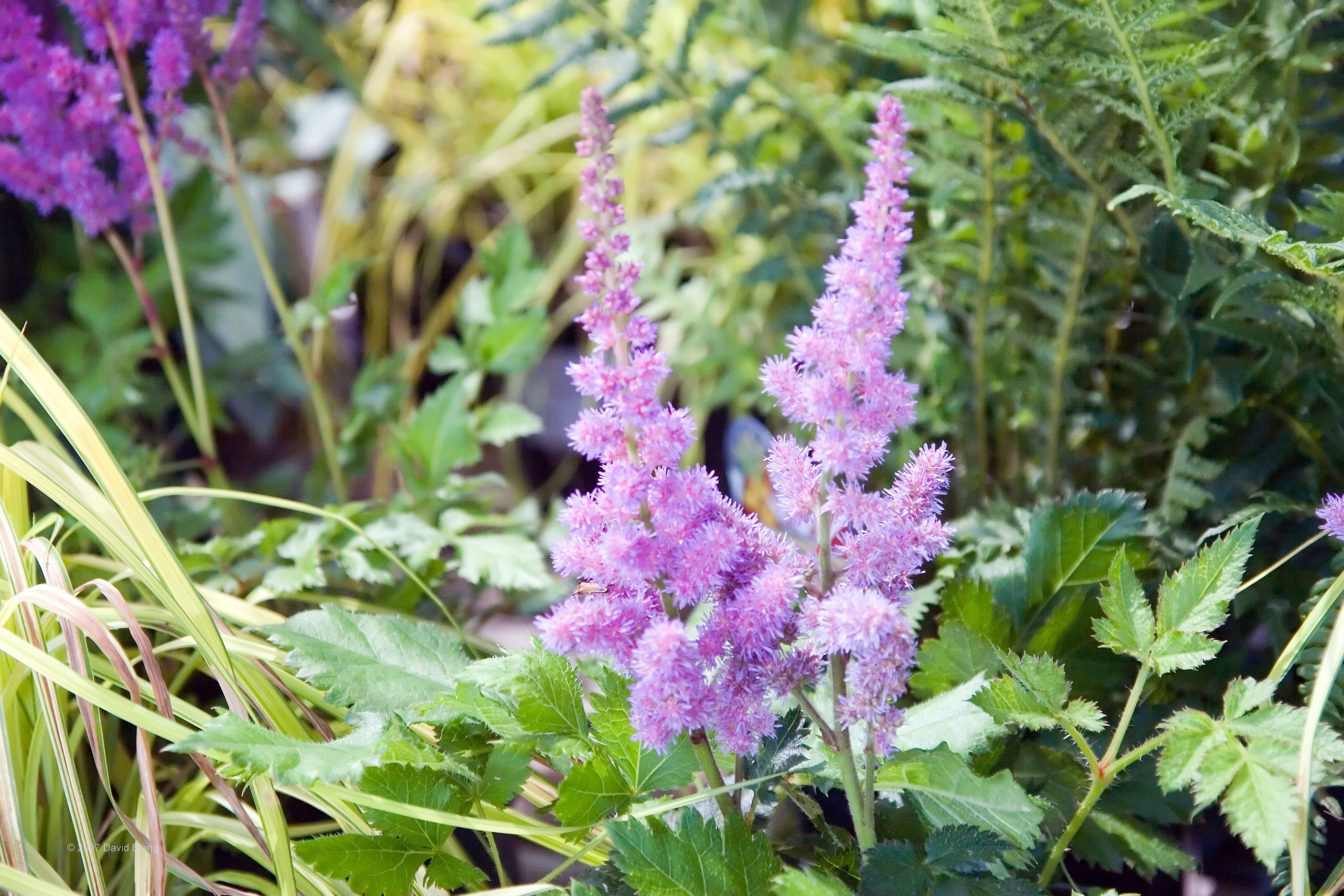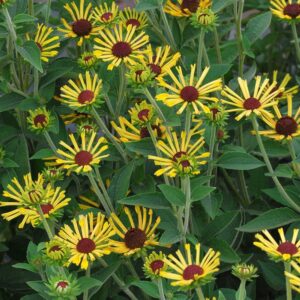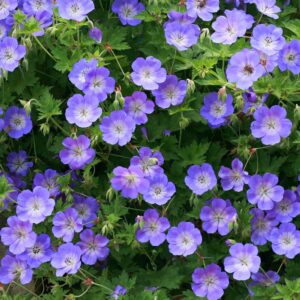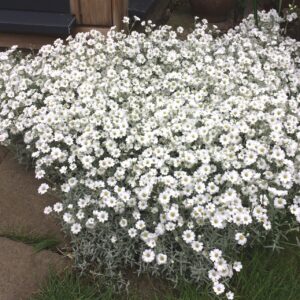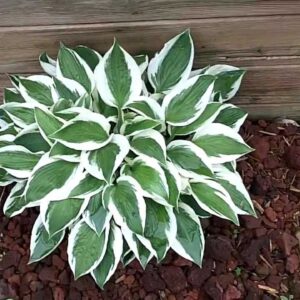Description
Astilbe Characteristics
Astilbe are short, vibrant perennials with many cultivars available in a wide range of colors. The showy flowers are relatively large when compared to the body size of the plant. Vibrant whites, pinks and lavenders bring bring interest to any garden in late summer.
Astilbe are not particularly demanding additions to a landscape if installed in appropriate locations. The soils should be relatively fertile and never let to dry out, especially in the hot summer months. A layer of mulch at the base of the plant can help to retain moisture. While Astilbe prefer some sun, they can often tolerate heavy shade.
Astilbe are self-propagating and seeds dropped by spent flowers can take root. To prevent this, deadhead any dried flowers at the end of the growing season. If propagation is desired, divide the plants when the area becomes too crowded. Flower stalks can be cut to maintain a tidy appearance or left as the seed heads can be of interest.
Japanese beetles may snack on the leaves and powdery mildew can occur. If sunlight is too strong or the soil too dry, the leaves may brown. The large flowers with variable colors are beautiful when grouped together.
Astilbe can be planted as border fronts, in heavily shaded areas, and in woodland locations. Their preference of moist soils makes them a viable option for stream or pond banks.
-
USDA Climate Zone
Zones 3 - 8
-
Height
1.00 - 1.50'
-
Spread
1.00 - 1.50'
-
Bloom Time
July - August
-
Water
Medium
-
Sun
Full Shade to Part Shade
-
Maintenance
Low
-
Deer Resistant?
Yes
